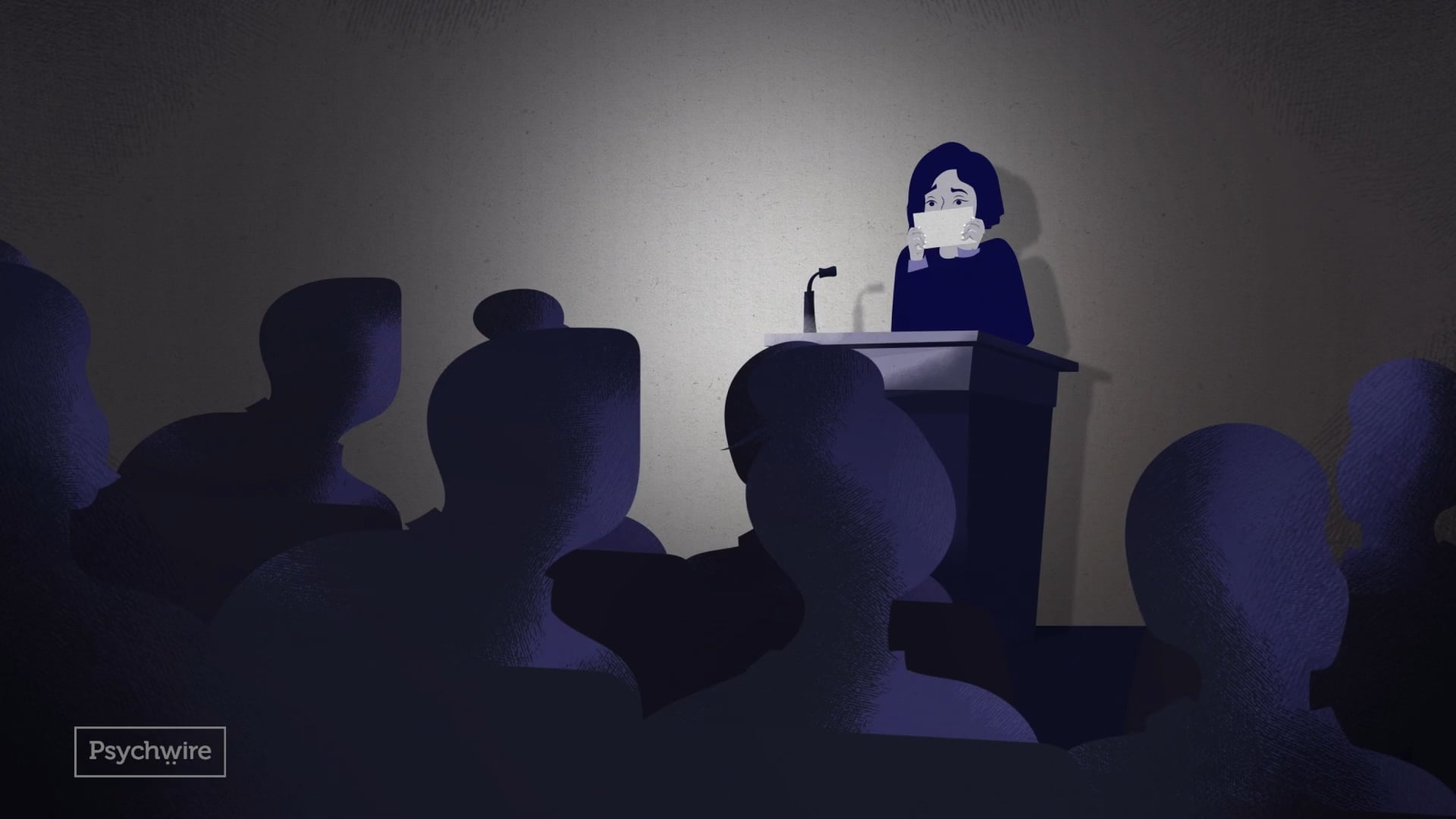
Psychoeducation for Social Anxiety Disorder
 CBT for Anxiety Disorders
CBT for Anxiety DisordersIt's really important to begin psychoeducation by describing social anxiety being a normal part of everyday life. So often what I do during psychoeducation is I provide a client with two parallel case vignettes. I talk about normal levels of social anxiety like someone preparing for a presentation and stuttering over their first few words, but then settling in and becoming more confident at the end of the presentation and then laughing about how anxious I was, versus more chronic levels of social anxiety, that's diagnosable where I'm worrying weeks in advance for an event, and I'm distracted by my own thoughts and arousal, and I escape situations that are uncomfortable. It's really important to note that when you're doing psychoeducation for social anxiety is that you compare and contrast normal versus chronic levels of social anxiety and always ask the client about their own personal experience with both scenarios.
So we describe social anxiety to a client as a persistent fear of social or performance situations where negative evaluation may occur. This is where humor can be helpful, because when I explain this to a client, I often say, Think about it. Any social situation has the potential of negative evaluation. I use an example of my favorite place, Chick-fil-A. If I go to a Chick-fil-A drive-through, technically, I can be made fun of, though they're the nicest people on Earth.
But it's unlikely for that to happen. So if you think about social anxiety as any social or performance situation where negative evaluation may occur, you can then ask a client to describe their experience. What sort of situations trigger your social anxiety? And you can typically tell the client these are common scenarios: initiating or maintaining conversations, meeting new people, being assertive, speaking to authority figures, public speaking, which I often tell clients is the number one fear in the United States, are also small group discussions. Clients will always be able to resonate with those very common examples because after all, we get anxious to some degree in many of those situations.